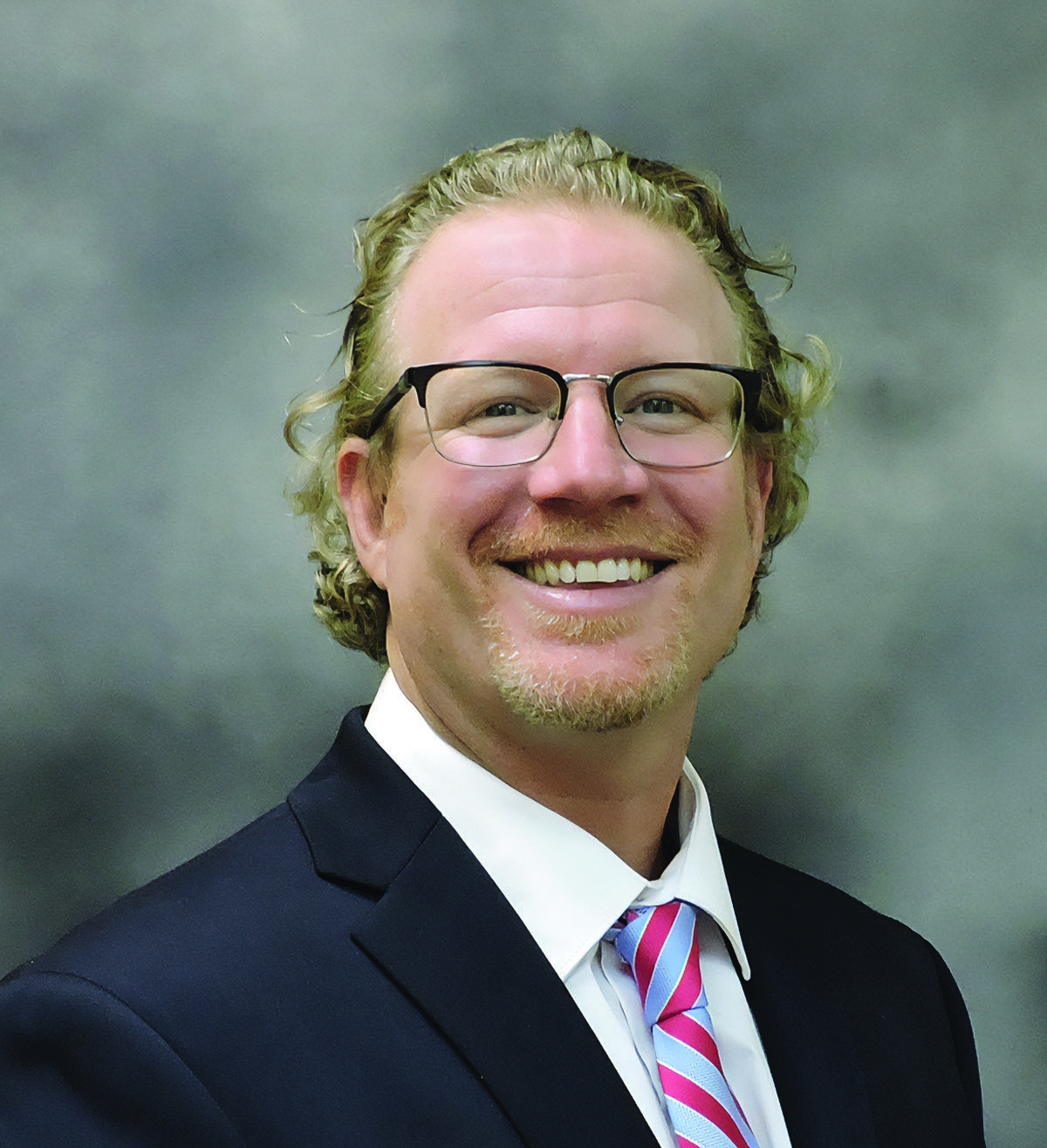
As the former principal of an alternative high school, I’ve spent a lot of time thinking about students who are disengaged from traditional education. As the point person responsible for actualizing Ulster BOCES’ P-TECH vision, a six-year pathway of study that leads to students earning an associate’s degree and learning workforce readiness skills, I’m continually asking how we get disengaged students plugged back in. Or even better, how can we keep them from disengaging in the first place? Fittingly enough, an anecdote about sneakers in the Netflix series, “The Art of Design” may help to illuminate the way forward a bit.
When Nike designed the first sneakers for Michael Jordan, they were designing a shoe that had to perform at the extremes of human ability. They created shoes with an air pocket strong enough and soft enough to support impacts virtually no one else would subject them to. It turned out that everyone likes comfortable shoes, even if they can’t dunk a basketball from the free throw line, and Air Jordans have been a huge success for decades.
Just as shoes designed for a user with extreme abilities ended up becoming beloved by consumers, when we design learning for our most extreme outlier students, we actually create highly engaging environments for all students.
The pitfall of teaching to the middle
When we design learning environments for the average student, we likely aren’t actually designing them for any real students. In any class, we have students who excel, students who struggle, and students in the middle. But knowing what the average is and teaching to it doesn’t work for those students on the outlying ends of the spectrum, and it doesn’t even work for the students in the middle, because knowing that they are performing near the average doesn’t tell us if there are specific skills they are struggling with, concepts they haven’t yet grasped, study habits they haven’t picked up, or even issues at home interfering with their studies.
Worse, the activities geared toward the middle tend to be the most boring tasks, free from creativity or any relevance to the real world, like worksheets.
A more effective alternative
The alternative is to begin by fostering relationships and a sense of belonging in students. That will translate to engagement and then to growth and learning across content. Of course, we still need to deliver explicit instruction in skills and knowledge, but rather than leading with the content, we must begin with relationships and community.
In our P-TECH program, we are guided by Ron Berger’s Hierarchy of Audience, though we tend to think of it as a hierarchy of engagement. The hierarchy is a pyramid, with engagement increasing from the bottom to the top. The simplest and least engaging audience and motivation for students is their teacher. They turn an assignment in simply to get a grade. The next step is to present work to their parents, which is a little more engaging. The model rises up through the school community audience, a larger audience beyond the school, and culminates with students presenting work with the motivation of providing some service to the world.
If our goal is to maximize student potential, we have to get them working, and the way to do that is to give them work that they feel is meaningful to the widest community possible.
Open-ended activities that allow students to express their creativity and focus on their strengths are better than worksheets, but even before we get there, we need to start asking different questions about our students—questions that recognize their humanity. Instead of asking, “Did that student show up,” we can ask, “How did that student show up,” and “What can I do to improve their experience/environment so that their ability to learn is improved?”
Is my school focused on individual students?
I often hear that we want schools that foster equity and social-emotional learning, that we want kids to be global citizens. We want schools that foster leadership and joy and happiness, that turn out problem-solving community members ready to meet whatever challenges they face in the future.
But when I look at a typical master schedule, which is a statement of a school’s values as much as the budget is, I see grids of five days of eight periods of English, math, science, and other content areas all siloed up.
Is there time built in for teachers to create meaningful learning experiences? To check in with students? To collaborate with each other? These are things that can feel burdensome to teachers in traditional schools because they are extra. But when we design around engagement, these critical activities will always be prioritized over all else.
Dr. Jonah Schenker is the deputy superintendent of Ulster BOCES. He can be reached at [email protected].
More from DA









